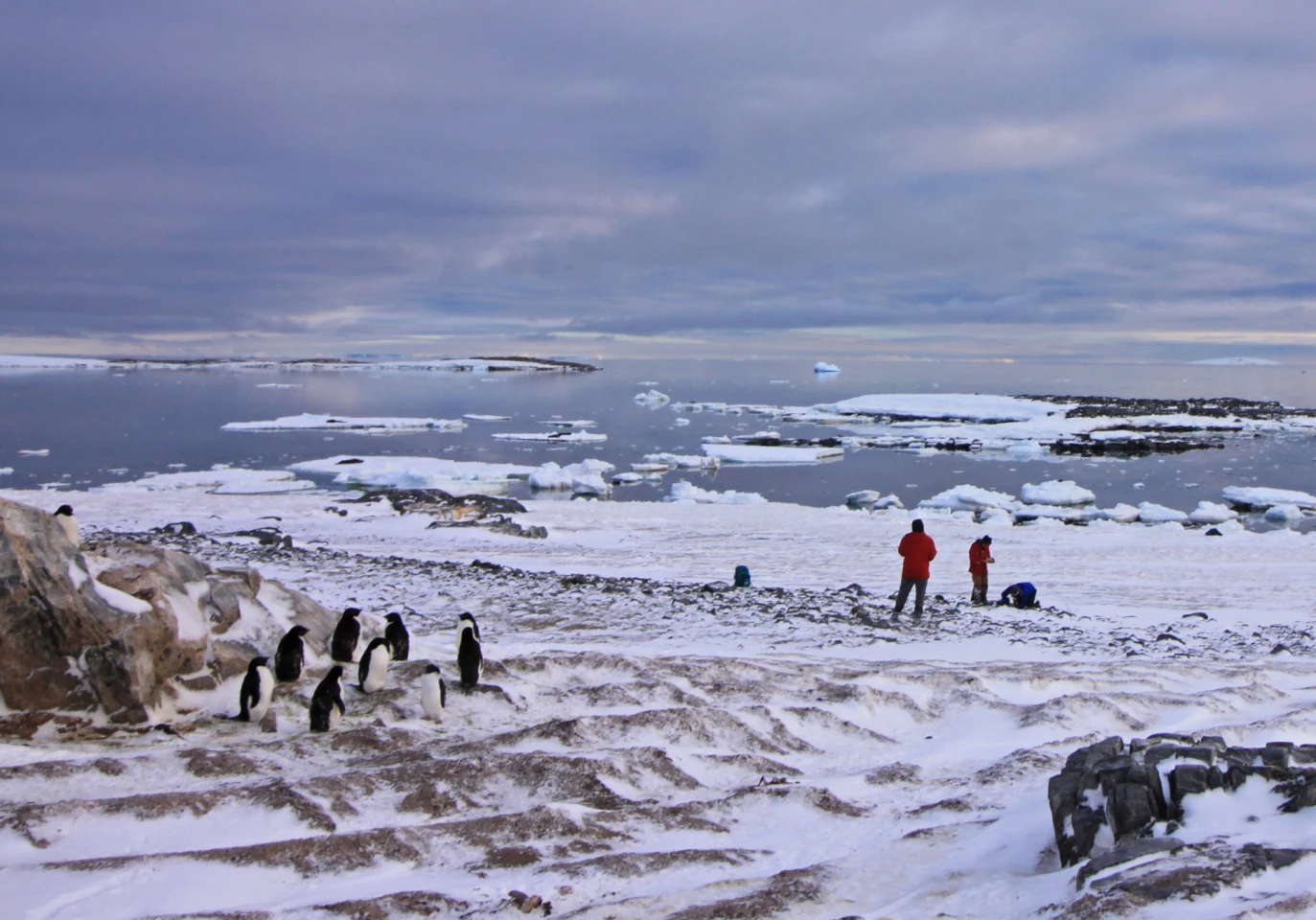According to a new study, two of the main glaciers that make up the Antarctic ice sheet are now melting faster than they have over the past 5,500 years. Ironically, the conclusion is based on how sea levels have seemingly dropped in the region over time.
The study was conducted by scientists from the University of Maine and the British Antarctic Survey.
It involved the radiocarbon-dating of seashells and penguin bones found in what were at one time beaches near the present-day Thwaites and Pine Island glaciers. Given the rate at which the two glaciers are presently melting, it is hypothesized that global sea levels could rise by as much as 3.4 meters (11.2 ft) over the next few centuries.
That said, 5,500 years ago, the much slower melting process actually caused relative sea levels in the area to drop. This is due to the fact that when a heavy glacier is lying on the earth, its weight compresses the land downward. As that glacier melts and gets lighter, the land beneath it "bounces" back up accordingly. It's not unlike the fashion in which a coiled spring jumps up after being loaded and then unloaded.
As a result, glacier-adjacent beaches which were initially at sea level gradually moved upward, being replaced by new beaches below (this happened even though on a global basis, the melting of the glaciers was causing sea levels to rise slightly).
Therefore, by determining the age of shells and bones in each beach level, the scientists were able to determine the rate at which the land was moving up, and thus the rate at which the glaciers were melting. And while that rate remained slow and steady over almost all of the 5,500-year period, it has reportedly increased by a factor of five in modern times, due to global warming.

"These currently elevated rates of ice melting may signal that those vital arteries from the heart of the West Antarctic Ice Sheet have been ruptured, leading to accelerating flow into the ocean that is potentially disastrous for future global sea level in a warming world," said Dr. Dylan Rood of Imperial College London, which is part of the British Antarctic Survey.
The scientists are now planning to drill through the glaciers to take samples of the rock underneath, which may provide clues as whether or not the present accelerated melting rate is reversible.
A paper on the research was recently published in the journal Nature.
Source: Imperial College London





